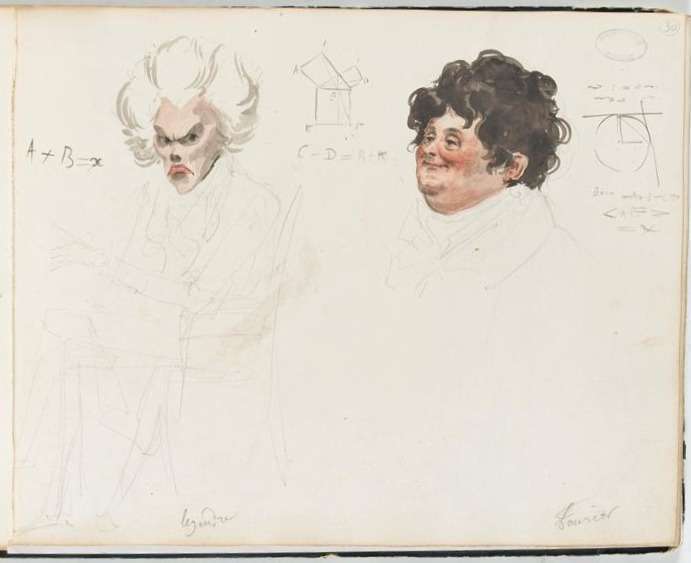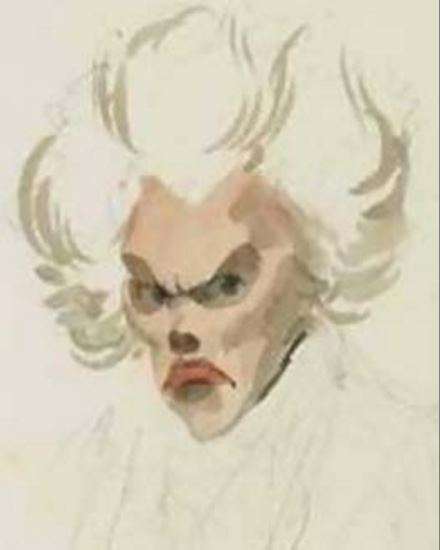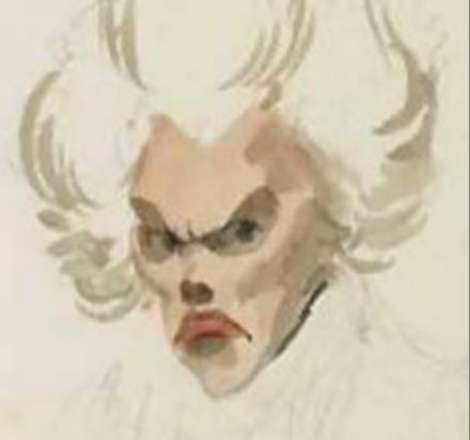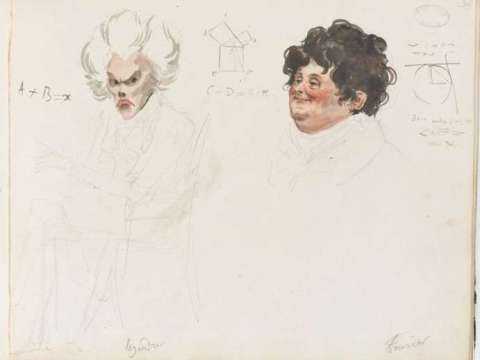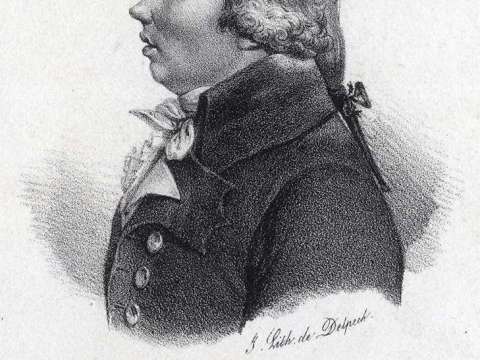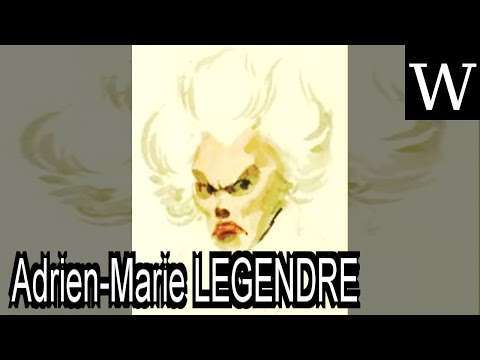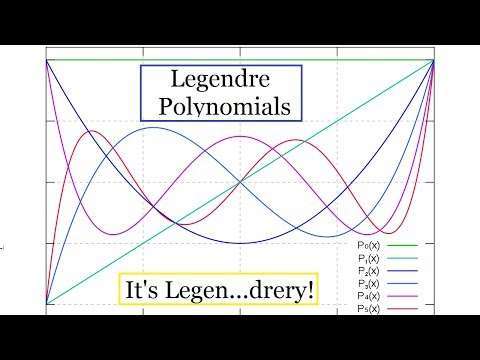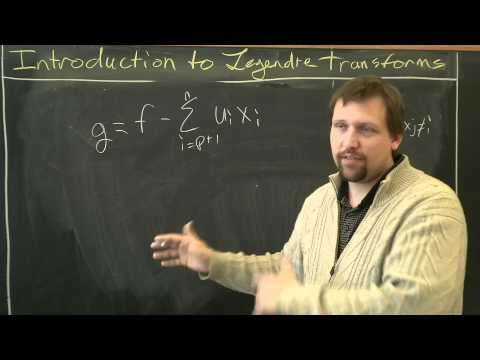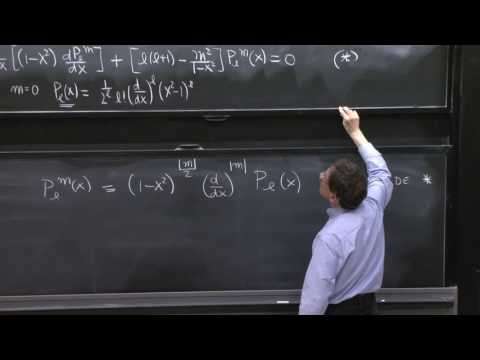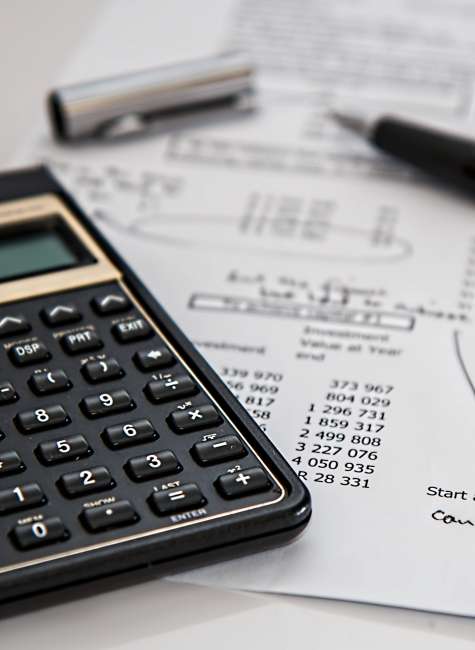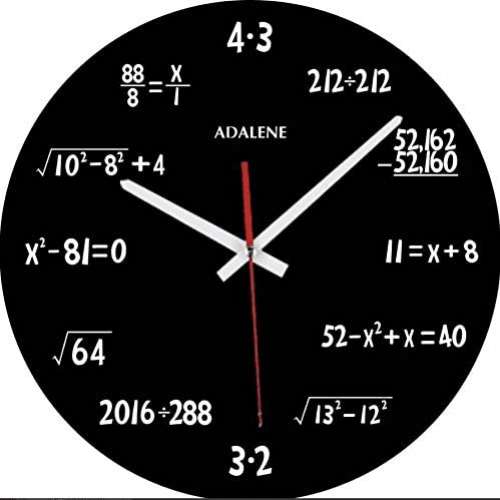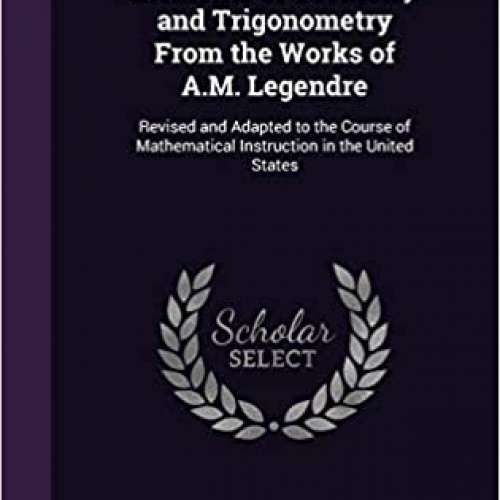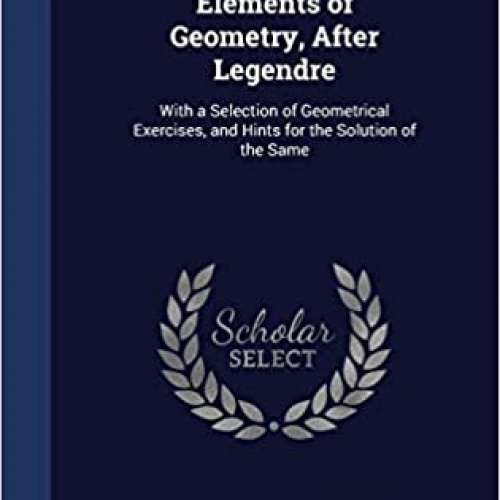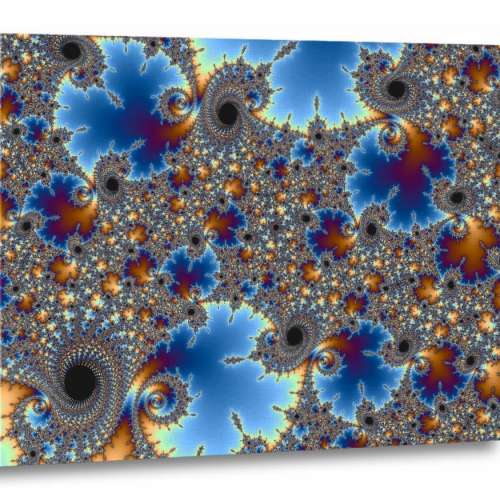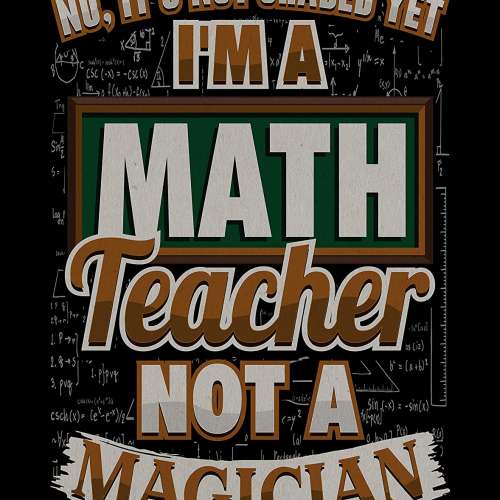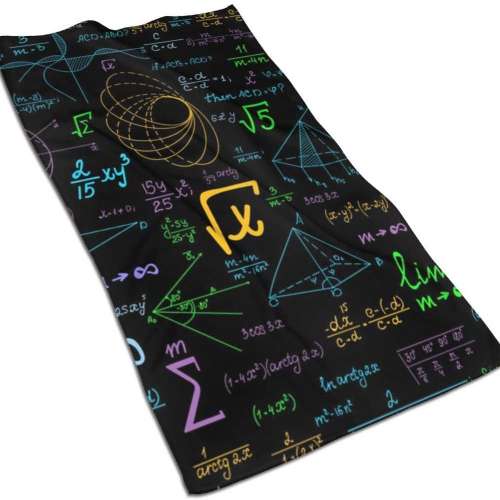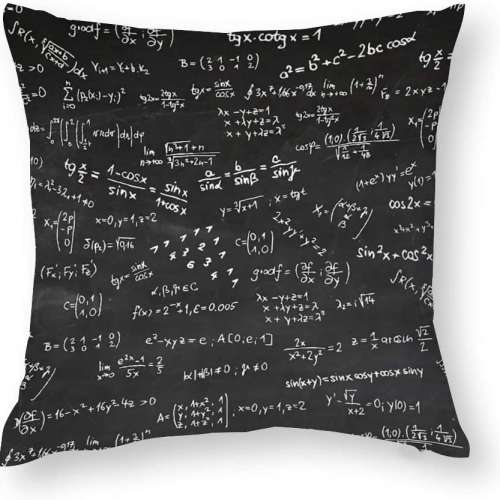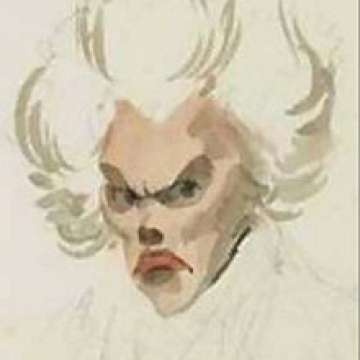

Adrien Marie Legendre (1752-1833)
All the truths of mathematics are linked to each other, and all means of discovering them are equally admissible.
Adrien-Marie Legendre was a French mathematician who made numerous contributions to mathematics. Well-known and important concepts such as the Legendre polynomials and Legendre transformation are named after him.
Life
Adrien-Marie Legendre was born in Paris on 18 September 1752 to a wealthy family. He received his education at the Collège Mazarin in Paris, and defended his thesis in physics and mathematics in 1770. He taught at the École Militaire in Paris from 1775 to 1780 and at the École Normale from 1795. At the same time, he was associated with the Bureau des Longitudes. In 1782, the Berlin Academy awarded Legendre a prize for his treatise on projectiles in resistant media. This treatise also brought him to the attention of Lagrange - the Italian mathematician and astronomer.
The Académie des sciences made Legendre an adjoint member in 1783 and an associate in 1785. In 1789, he was elected a Fellow of the Royal Society.
Legendre did not like to talk about his personal life. His colleague Simeon Poisson wrote:
Our colleague has often expressed the desire that, in speaking of him, it would only be the matter of his works, which are, in fact, his entire life
He assisted with the Anglo-French Survey (1784–1790) to calculate the precise distance between the Paris Observatory and the Royal Greenwich Observatory by means of trigonometry. To this end in 1787 he visited Dover and London together with Dominique, comte de Cassini and Pierre Méchain. The three also visited William Herschel, the discoverer of the planet Uranus.

Legendre lost his private fortune in 1793 during the French Revolution. That year, he also married Marguerite-Claudine Couhin, who helped him put his affairs in order. In 1795, Legendre became one of six members of the mathematics section of the reconstituted Académie des Sciences, renamed the Institut National des Sciences et des Arts. Later, in 1803, Napoleon reorganized the Institut National, and Legendre became a member of the Geometry section. From 1799 to 1812, Legendre served as mathematics examiner for graduating artillery students at the École Militaire and from 1799 to 1815 he served as permanent mathematics examiner for the École Polytechnique. In 1824, Legendre's pension from the École Militaire was stopped because he refused to vote for the government candidate at the Institut National. His pension was partially reinstated with the change in government in 1828. In 1831, he was made an officer of the Légion d'Honneur.
Legendre died in Paris on 9 January 1833, after a long and painful illness, and Legendre's widow carefully preserved his belongings to memorialize him. Upon her death in 1856, she was buried next to her husband in the village of Auteuil, where the couple had lived, and left their last country house to the village. Legendre's name is one of the 72 names inscribed on the Eiffel Tower.
Mathematical work
Abel's work on elliptic functions was built on Legendre's and some of Gauss' work in statistics and number theory completed that of Legendre. He developed, and first communicated to his contemporaries before Gauss, the least squares method which has broad application in linear regression, signal processing, statistics, and curve fitting; this was published in 1806 as an appendix to his book on the paths of comets. Today, the term "least squares method" is used as a direct translation from the French "méthode des moindres carrés".
His major work is Exercices de Calcul Intégral, published in three volumes in 1811, 1817 and 1819. In the first volume he introduced the basic properties of elliptic integrals, beta functions and gamma functions, introducing the symbol Γ normalizing it to Γ(n+1) = n!. Further results on the beta and gamma functions along with their applications to mechanics - such as the rotation of the earth, and the attraction of ellipsoids, appeared in the second volume. In 1830, he gave a proof of Fermat's last theorem for exponent n = 5, which was also proven by Lejeune Dirichlet in 1828.
In number theory, he conjectured the quadratic reciprocity law, subsequently proved by Gauss; in connection to this, the Legendre symbol is named after him. He also did pioneering work on the distribution of primes, and on the application of analysis to number theory. His 1798 conjecture of the prime number theorem was rigorously proved by Hadamard and de la Vallée-Poussin in 1896.
Legendre did an impressive amount of work on elliptic functions, including the classification of elliptic integrals, but it took Abel's stroke of genius to study the inverses of Jacobi's functions and solve the problem completely.
He is known for the Legendre transformation, which is used to go from the Lagrangian to the Hamiltonian formulation of classical mechanics. In thermodynamics it is also used to obtain the enthalpy and the Helmholtz and Gibbs (free) energies from the internal energy. He is also the namesake of the Legendre polynomials, solutions to Legendre's differential equation, which occur frequently in physics and engineering applications, e.g. electrostatics.
Legendre is best known as the author of Éléments de géométrie, which was published in 1794 and was the leading elementary text on the topic for around 100 years. This text greatly rearranged and simplified many of the propositions from Euclid's Elements to create a more effective textbook.
Mistaken portrait

For two centuries, until the recent discovery of the error in 2005, books, paintings and articles have incorrectly shown a side-view portrait of the obscure French politician Louis Legendre (1752–1797) as that of the mathematician Legendre. The error arose from the fact that the sketch was labelled simply "Legendre" and appeared in a book along with contemporary mathematicians such as Lagrange. The only known portrait of Legendre, recently unearthed, is found in the 1820 book Album de 73 portraits-charge aquarellés des membres de I'Institut, a book of caricatures of seventy-three members of the Institut de France in Paris by the French artist Julien-Léopold Boilly as shown below:

